Christmas Traditions
How they help us navigate life's sweetness and challenges during Christmastime.

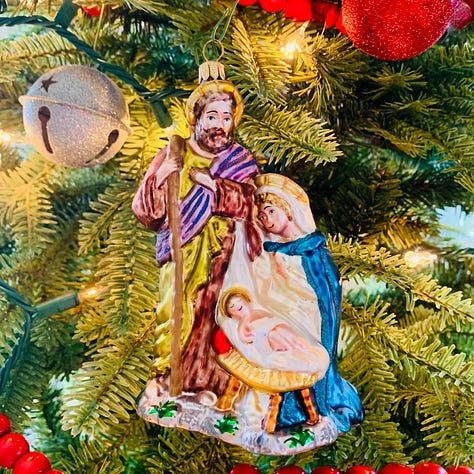
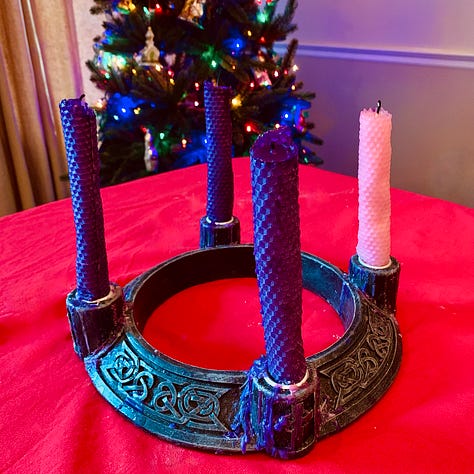
We love Christmas, which is why we keep it going for weeks! We especially enjoy the Christmas lights, decorations, and music. Yet, we also know Christmas can be equally wonderful and melancholy. That’s why I appreciate the Byzantine Catholic traditions my husband brought into our family, because they provide a way to navigate the myriad of feelings surrounding Christmas.
His Mom’s family immigrated from an Eastern European area with ever changing borders that’s now in Slovakia. They arrived with little, settled in Pennsylvania, and toiled to make a new life despite hardships. My husband’s grandmother, Anna, lost two husbands to the coal mines. As a widow and mother, she persevered, relied on family, and found hope through her faith. Her story is similar to millions of others.
That brings us back to the Christmas traditions Anna passed down to her children, including my husband’s Mom. Similar to other Orthodox customs in Eastern Europe, they’ve been shared for hundreds of years from one generation to the next. They are deeply rooted in faith and culture as seen from the Christmas Eve dinner. Referred to as Holy Supper, it symbolically points to Jesus’ birth and redeeming sacrifice.
In doing so, Holy Supper provides a tangible path to navigate life’s sweetness and challenges during Christmastime.
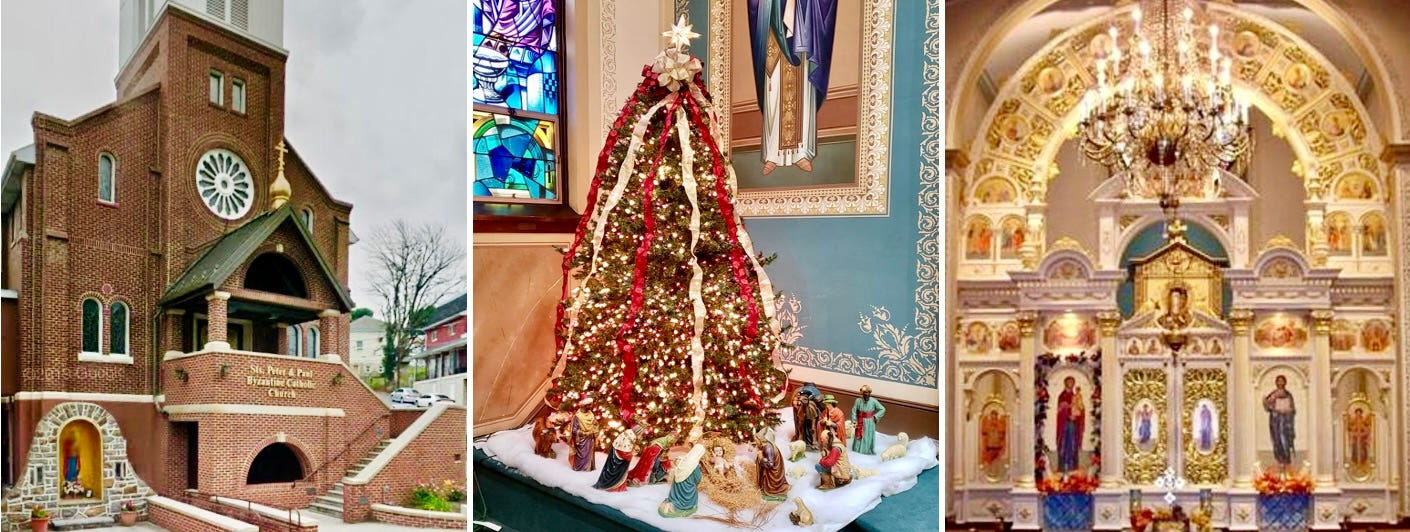
A few days ago, we celebrated Holy Supper on Christmas Eve and carried on what Anna taught long ago. As we explained things to our son, he learned about his heritage and most importantly about Anna’s daughter — my husband’s Mom — whom we call Nanna. Grandparents offer children many lessons, but Nanna was already in Heaven when our son was born. So, we teach him about Nanna by honoring and cherishing her traditions. That in itself is one of the beautiful customs of Holy Supper.
Holy Supper has a lot of traditions, and below are some favorites.
The youngest child looks for the first star to appear. Once seen, Holy Supper begins. The star reminds us of how the Magi sought Jesus. After observing a star, they embarked on an arduous months-long trek. Inspire of dangers and Herod’s wicked schemes, they kept looking to God to guide them. May we follow the example of the “Kings of Orient” by fixing our eyes on the Lord to “guide us to thy perfect light.”
The empty place at the table. An empty seat has a full place setting which represents:
A place of honor for Jesus and how He entered this world.
For a wayward stranger arriving at our doorstep, it provides what Mary and Joseph searched for on the night of Jesus’ birth.
We remember family members who are no longer with us.
As we gaze at the empty seat, there is a sense of sadness. Yet, the Lord gently whispers the loved ones reside with Him in Heaven. While leaning on our Heavenly Father for the “peace of God which transcends all understanding,” we share stories with the younger generation about their relatives and past Holy Suppers.
Garlic and honey. The bravest eat a garlic clove dipped in honey. Smiles abound when kids take part. The garlic and honey represent life’s bitterness and sweetness. It tells us that when life feels like a teeter-totter flinging our soul up and down, we can cling to God, “who comforts us” in ways “beyond all understanding.” Honey’s lifegiving benefits reinforce our ultimate lifegiving hope that “does not disappoint.”
The ritual reminds us that once again there will come a “time to laugh” and enjoy life. A toast is then given to those who aren’t with us.
Other traditions.
Prior to Holy Supper starting, the youngest child delights in taking Baby Jesus to the manger. We put hay under the tablecloth to show Jesus’ humble beginnings. We place a rope around the table to demonstrate God’s eternal love and unity of family.
My husband prepares 12 dishes. The number links to the Old Testament (12 tribes of Israel) and New Testament (12 apostles). The dishes are meatless to remind us of Jesus’ sacrifice on the cross. (Sometimes, we liberally count desserts and other food items to reach the magical number of 12!)
The father lights the fourth Advent candle signifying love — the love of Christ to enter our broken world and embark on a salvation plan for people in desperate need. Thus, Advent ends the way it began — lighting candles that point to the “light of the world.”
The Advent wreath, the Byzantine Holy Supper, the Christmas decorations, and other traditions remind us our ultimate hope, peace, joy, and love are found in Christ.
Whatever season of life one is going through, the Lord will help balance the mix of Christmas being both wonderful and at times hard. Although perhaps difficult, may we remember and strive for the childlike wonderment of Christmas as we pause for a few weeks during this Christmas Season.
Above all, it is our hope that you can happily celebrate with family and friends as together we proclaim: Joy to the world, the Lord is come.

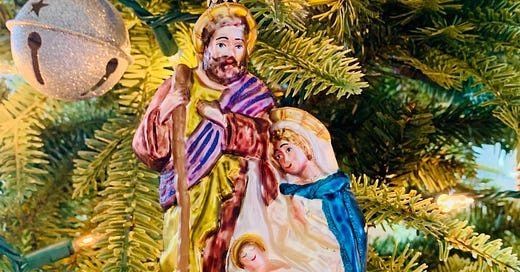





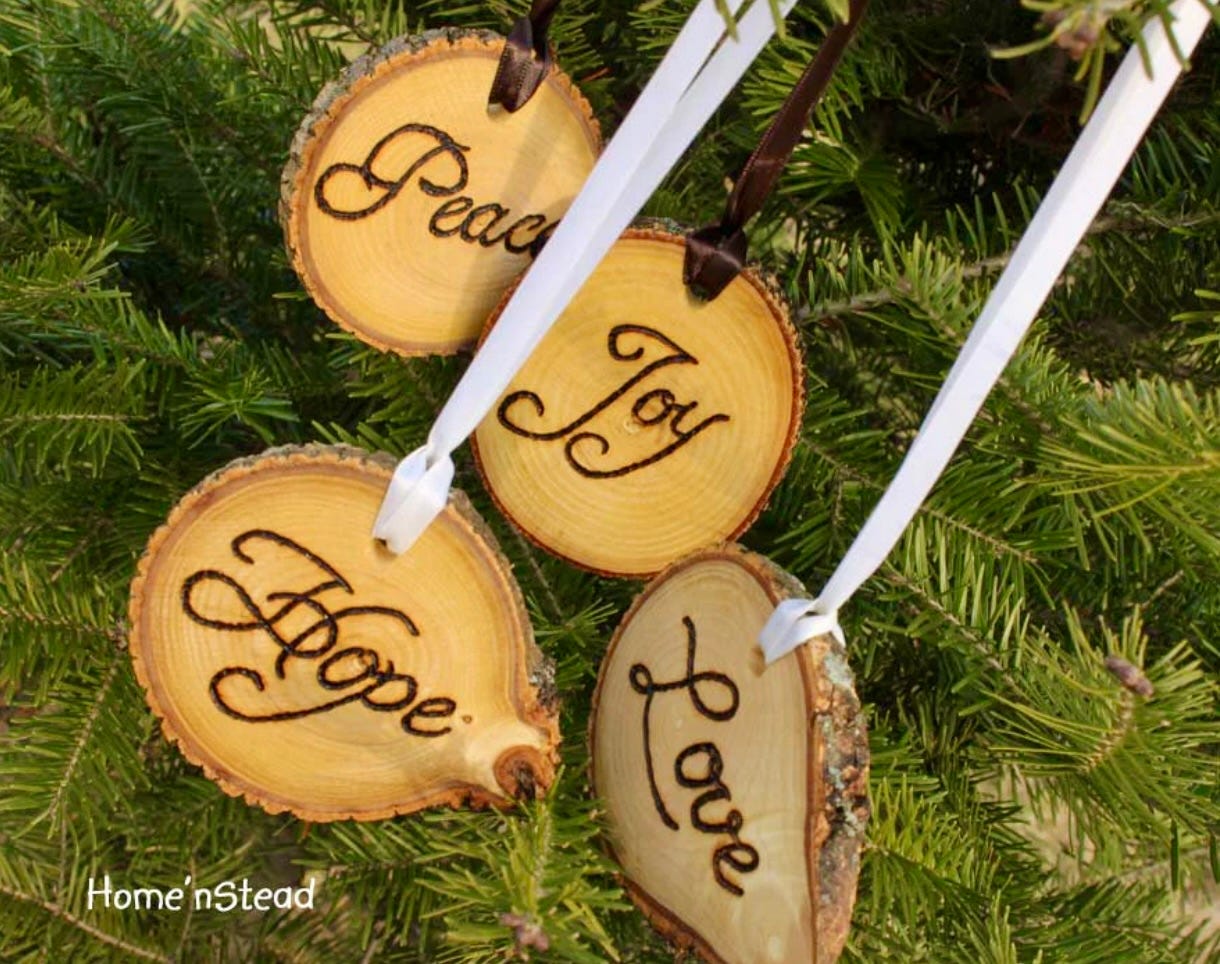

Thanks for sharing your family tradition. I find it very inspiring and spiritual. May God continue to bless you and your family as you celebrate the new year. You are special to me and I have loved you the moment we met.Maybe we will meet again one day.. would love that. Blessings